Strategic planning: A 10-step strategy planning session framework
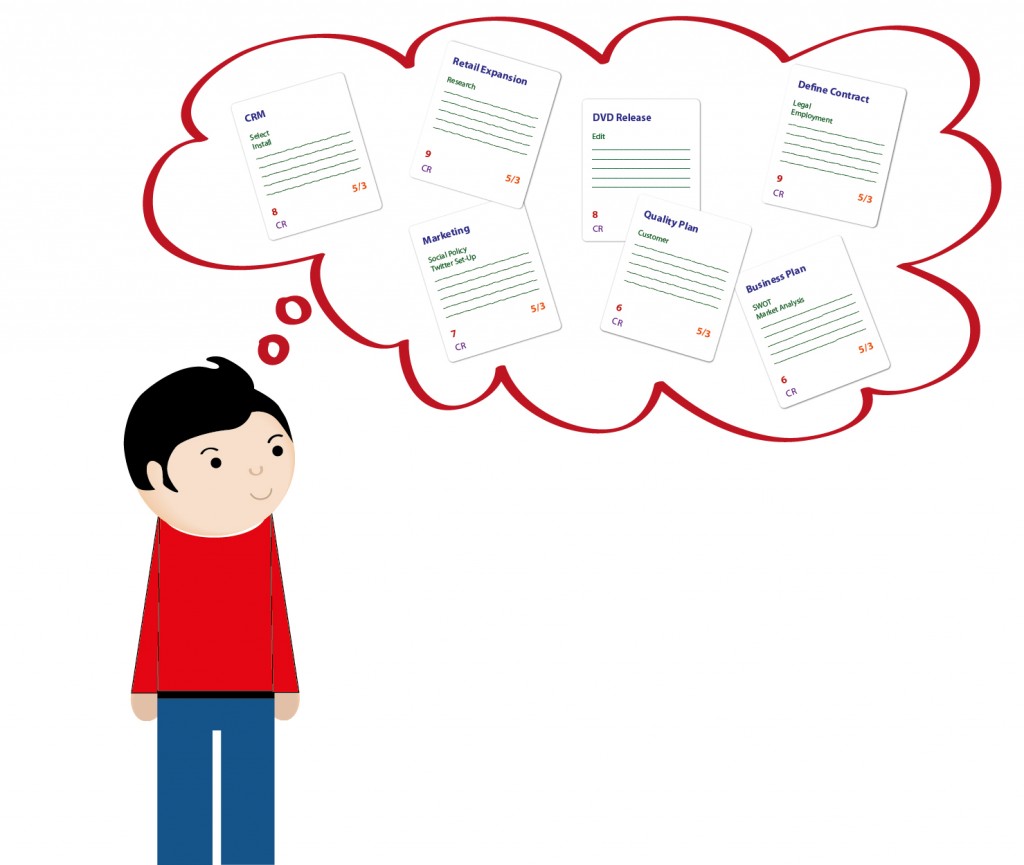
The New Year presents opportunity for planning for resolutions for both individuals and organisations. I had such a strategy session recently with a not for profit I work with. I have also trialled the approach with defining the strategic approach for quality initiatives in my commercial business.
I share here some of the process we followed in the hope it may assist others responsible for guiding direction in organisations. Borrow what may work for your situation, as I borrowed myself from Agile project management approaches and observations on vision, strategy and change management over the past year.
I will caveat that the process below emerged as much as it was planned. I am not proposing a “model” as such, but I share something that seemed to work for our particular situation. The approach also assumes an awareness of market and organisational conditions, the organisation’s strengths, weaknesses, opportunities and threats (SWOT), and basic operational forecasting.
A strategy planning process
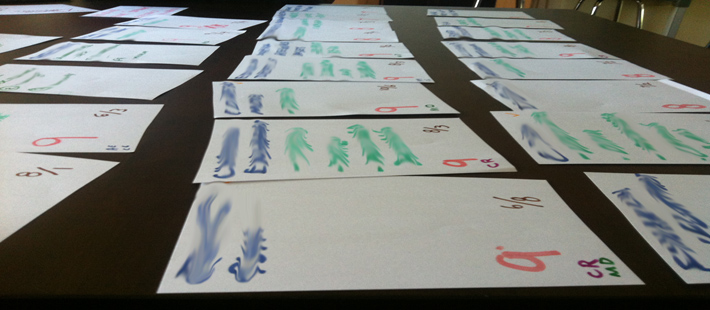
Step 1: Affirm the vision (30 minutes)
If you are an ongoing entity, you should have a vision under which you operate. Hopefully everyone around the planning table agrees on what this vision should be. The actual words of your vision may be limited by your mastery of the English language, as it can be difficult to get the right words in the right order in a succinct enough format to say what needs to be said and leave out the superfluous.
In our session we spent about half an hour reviewing what the vision meant, debating the finer points of the language, and moved on to planning. It is important to not get hung up on details. The purpose of the session is to plan for the coming months, not to redefine who you are as an entity.
Step 2: Define current projects – capture what is happening (30 to 60 minutes)

The second stage of the planning process was to capture all the projects and initiatives to get a baseline of where resources were focused. We did this without judgement, just stream of consciousness of what was known. It can be easy particularly in a small organisation to be overwhelmed by the volume of projects and opportunities available. The goal is to get it all on the table, literally, so you know what you have to work with.
To do this, we created a task card out of an A6 piece of paper. We wrote the name of the project in blue at the top of the card and one or two descriptors in green in the middle of the card so we would remember what we were talking about when we came back to the card.
Step 3: Group projects – identify where it is happening (10 minutes)
The cards were then grouped on a large table in the general areas of business. I recommend against taping to the wall or using a white board, as you will be moving the cards around later.
How these are grouped will depend on your organisation. For our situation, we grouped by markets, program framework, programs, and business support systems. Other grouping may be industries, methodology, products, and infrastructure. Use what makes sense to your situation.
Step 4: Prioritise and order (30 to 60 minutes)
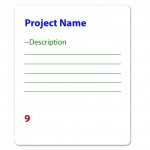
We then took each card and assessed the priority for the card on a scale of one to ten. The priority was based on the ability for that card to address one or more areas, including: 1) organisational sustainability, 2) increased revenue; 3) reduced cost / improved efficiency, 4) reduced risk; and 5) improved program or service outcomes. This number was written in red in the lower left of the card.
I recommend having a single number rather than ranking the importance of each area. You may have a great new business opportunity with substantial revenue potential to sustain you, but if you do not get your contracts sorted you have a high risk of being out of business. Both projects may be a 9.
In our case, the person who made the decision was the Director. Another approach is to use a method called “poker”, where multiple people rate each card on their own, make a case for the gap, then re-rate based on each person’s input until there is agreement.
It is important to treat each card in isolation. Rate each card based on its ability to address your criteria, not one card to be more or less important than another. Once you are done rating all cards, order them from highest to lowest in priority.
Step 5: Define effort (30 minutes)
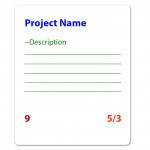
Define the effort you feel is required for each card. This step is not to perform a full analysis and estimate, but a gut feel on how much energy will be required to get the projects over the line. The purpose is to find high-priority quick-wins and what is perceived as more difficult.
Effort is considered in terms of finance, time, people available, and barriers to overcome. What is not included is inclination, although the desire to complete the project is an important reason to identify why priority items are not addressed.
In our case, we felt it necessary to split the effort into two factors. The first was for the effort required from the Director who has a lot of the primary knowledge and like in many small organisations can be a bottle-neck for competing priority projects. The second was the effort required to implement and make the initiative operational. We wrote these numbers in the lower right of the card.
Step 6: Define the emerging strategy (30 minutes)
Most text-book management approaches propose that vision drives strategy and strategy drives tactics. I do not disagree with this as a general approach, but what I find often is that the actual vision and strategy can be discovered by looking at where we place our resources and priorities. This relates to a wider discussion about differences between idealised, perceived, communicated and actual vision, but that is for a different blog post.
For the purpose of this exercise, we looked at the cards and wrote down three strategies that appeared to emerge from the projects to which we placed priority. This was a confirmation of the strategy we articulate previously in board meetings, which was a good thing. Write these strategies on a separate card on the table.
We then looked at the strategies and asked if this was everything that was important or if we were missing something. In our case, we brought in someone else who was intimate with the program for a fresh perspective. What came out was that there was another strategy that was important but projects that related to the strategy had been pushed aside over the past year by competing projects and limited resources. Adding this strategy back into the program became a new card in itself.
Step 7: Focus and turn over the noise (10 minutes)
We then asked what we were going to focus on for the next six months. More specifically, we identified projects that we could not touch in any way and still fulfil the strategy. We then turned those cards over that we were not going to look at.
This was difficult, as there was nothing on the table that was not exciting or important to at least one person in the session. We could do this knowing there would be progress in other areas. We also knew that by defining and capturing the project on the card, we would be revisiting the card at a later date as the strategy was realised and evolved over the coming months.
Step 8: Assign ownership (15 minutes)
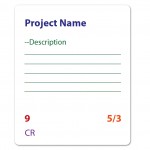
The next step was to confirm what people were available to progress the cards and assign ownership. The initials of the people were placed in the lower left of the card under the priority.
Given the realities of a lean not for profit, the initials of people around the table showed up on most of the cards. This was good in that each person had to accept ownership. If you are putting initials of people not around the table, be aware they will have to accept ownership before accepting the card.
Step 9: Document and implement (2 hours)
Document all of the activity. As fresh as it is in your mind, you will need a place to capture items so you can focus on what is important without forgetting what will be revisited in the future.
This can be done the next day but do not leave it too late. We used the free online project collaboration tool Trello to create task cards for each project card and documented the details around vision and strategy.
Step 10: Detail priority cards (4 hours)
The strategy session transitions into implementation with detailing of the priority projects. Most of these will be existing and ongoing projects, so it is a matter of taking a baseline of where the projects are at and creating or confirming a project plan for the next several weeks and months.
Your own planning process
The approach above seemed to work for the people around the table for this particular not for profit. Your experience may vary, but hopefully you can take something from the process we followed.
The approach can also be applied to planning for a role in an organisation, defining the vision for the position, the focus projects, understanding the strategy for the role, and areas of immediate focus.
I welcome your input as to other planning processes you have used and if the approach above is similar or different to what works for you. I also welcome your feedback if you apply the approach above. If you have any questions or comments about the process, feel free to ping me on any of the social channels that suits where you are at, or leave a comment below.

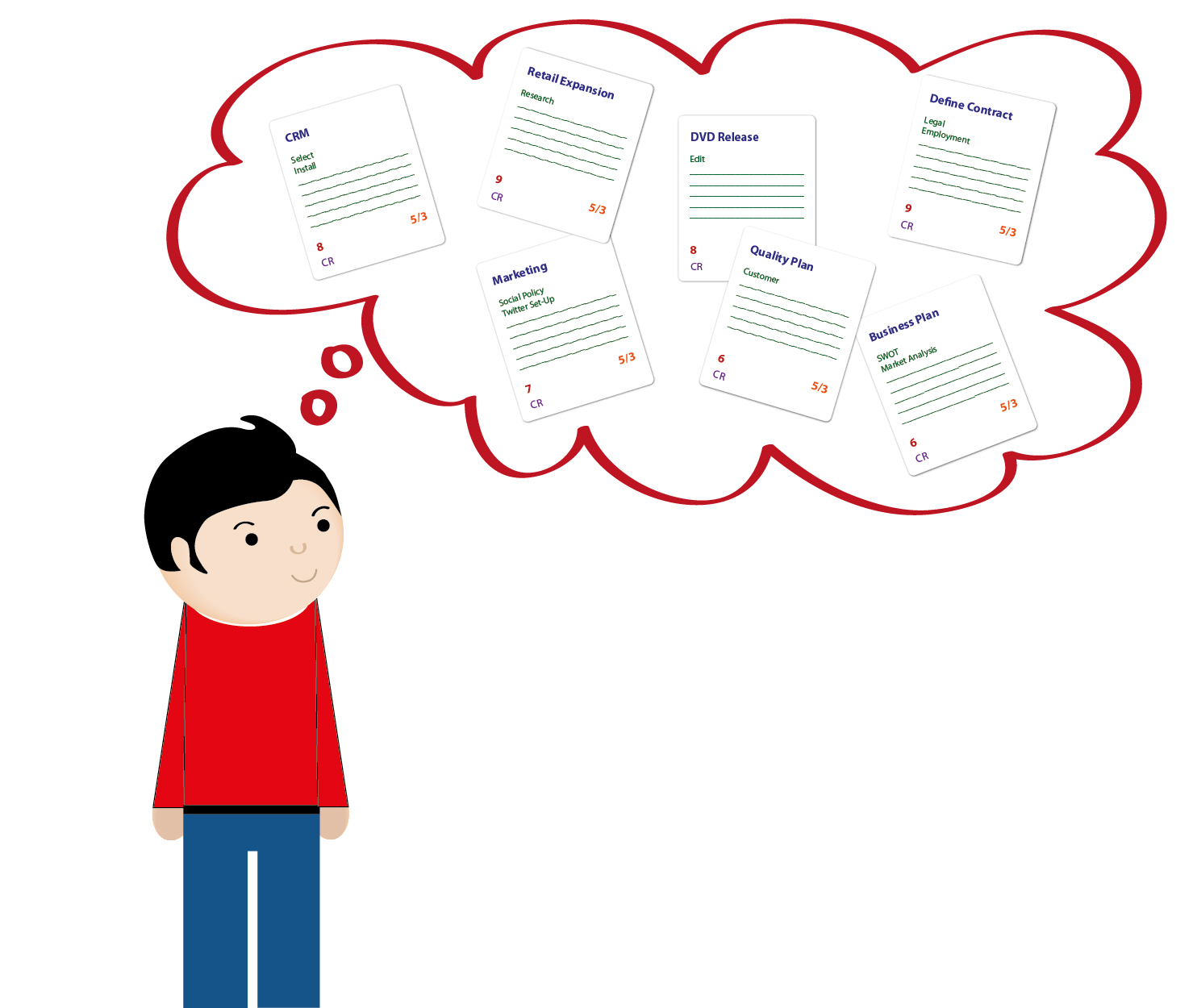
Hi Chad,
I like the process – nice and tight. I also love the use of cards in workshops, they can bring an element of playful interaction that takes drudgery out of all that analysis.
Cheers,
Mark
Thanks Mark, I appreciate the feedback!
Anything that encourages “playful interaction” is a good thing. 🙂 I imagine in your own consultancy to executives the planning process would need to be fairly structured?
I would be interested in other uses of cards outside of the traditional project management sense.
Chad